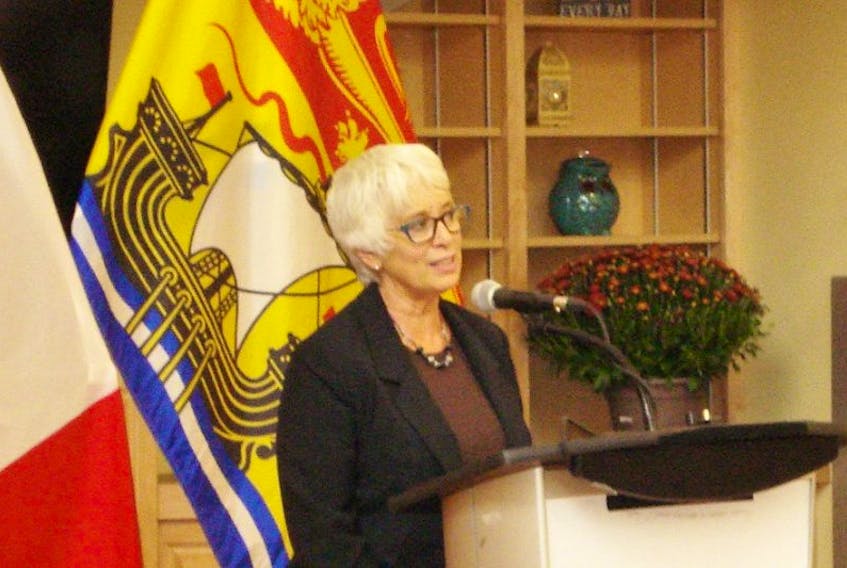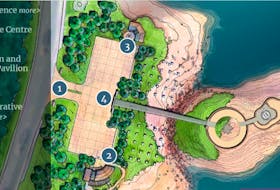
Well, the first of four fiscal shoes has dropped in Atlantic Canada. Let’s hope it’s not an example of what’s to come.
Tuesday, New Brunswick’s provincial government brought down its 11th consecutive deficit budget, a financial plan that will see the province spend $189 million more than it takes in, and will bring its net debt to $14.4 billion by the end of March 2019.
“There is an old adage that says you have to spend money to make money,” New Brunswick Finance Minister Cathy Rogers was quoted as saying to The Canadian Press.
Forgive me: I can see the spending part. I don’t see the province actually making money as a result.
I actually see it having more money flee the province in the form of interest payments that never, ever return, and will add to the hardship of future New Brunswickers.
Looking across the Atlantic provinces, the debt picture is a frightening one. All four of the provincial governments like to talk about their debt numbers in terms of net debt — roughly speaking, that’s their total public sector debt, minus what the financial value of any assets that might be considered sellable.
It might be an accurate representation of financial position — usually, though, taxpayers are paying interest on the significantly-larger public sector debt, the actual amount of money that the four governments have as outstanding debt.
But even using net debt, the numbers for the region are staggering: we owe somewhere well north of $45 billion, with a combined population of roughly 2.4 million people. So, even using net debt numbers, something like $19,000 per person. (That’s for every single man, woman and child.)
Looking across the Atlantic provinces, the debt picture is a frightening one.
What it means is that none of us can really afford to have any other Atlantic province follow New Brunswick’s lead.
Because the region’s finance ministers sometimes seem to have a tenuous grasp of the implications.
Newfoundland and Labrador Finance Minister Tom Osborne actually recently argued his province was doing better because things aren’t going bad as quickly as they were: “When we formed government the projected borrowing was $4.38 million per day just to cover the deficit. We’ve gotten that down. We’re down now to less than $2 million a day,” he told the CBC.
Or, if he was fire chief, congratulating firefighters because only the top floor of the building was still burning. (Osborne followed that up with a considerably less terrifying, “It’s still not sustainable. The province cannot afford to borrow $2 million a day just to cover the deficit.”)
Right now, all four provincial governments are benefiting from the fact that interest rates have remained at historical lows. That’s left more money in the kitty for general spending, with new borrowing costing governments less. To be blunt, as long-term, higher-interest debt rolled over into lower interest placements, Atlantic governments looked more fiscally responsible than they actually were. That pendulum is now swinging the other way – slowly.
Provincial debt is generally tied up in a series of debt placements where interest rates are locked in for years, so interest rate changes take a while to move to the bottom line
But think about this: in the last year, the Bank of Canada has moved interest rates up by 0.75 per cent. A lot has been made about the impact on home sales and affordability of refinancing, but stop and think what it means for the four Atlantic provinces: a single-year increase of $339 million in debt payments. And that would be additional money that would have to be found every following year.
Saying “we’re not digging the hole as fast” is nothing like trying to actually fill the hole in. Neither is an 11th year of spending more to make … well, certainly not to make money.
Let’s hope that New Brunswick isn’t setting the example here.
Russell Wangersky’s column appears in 39 SaltWire newspapers and websites in Atlantic Canada. He can be reached at [email protected] — Twitter: @wangersky.









